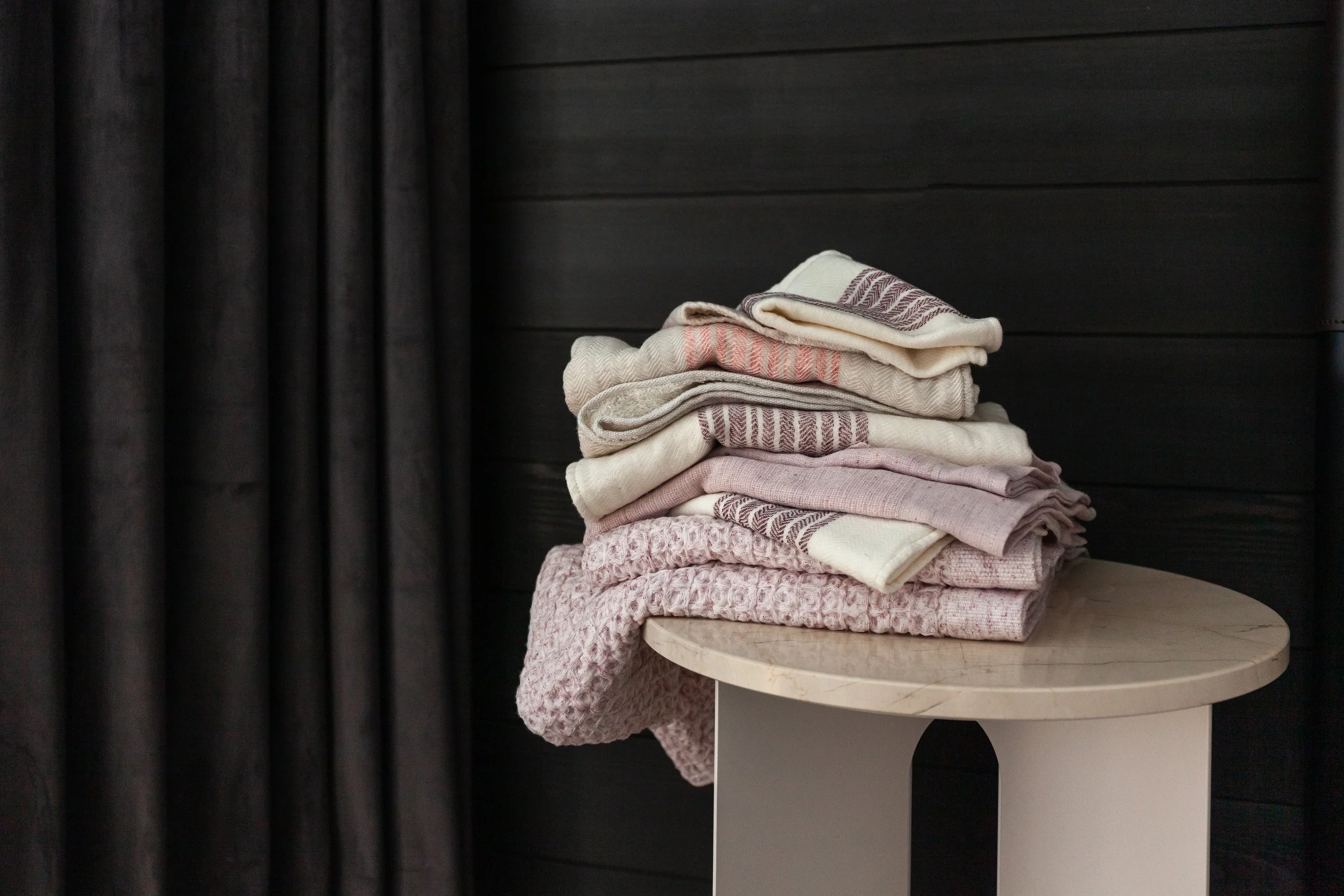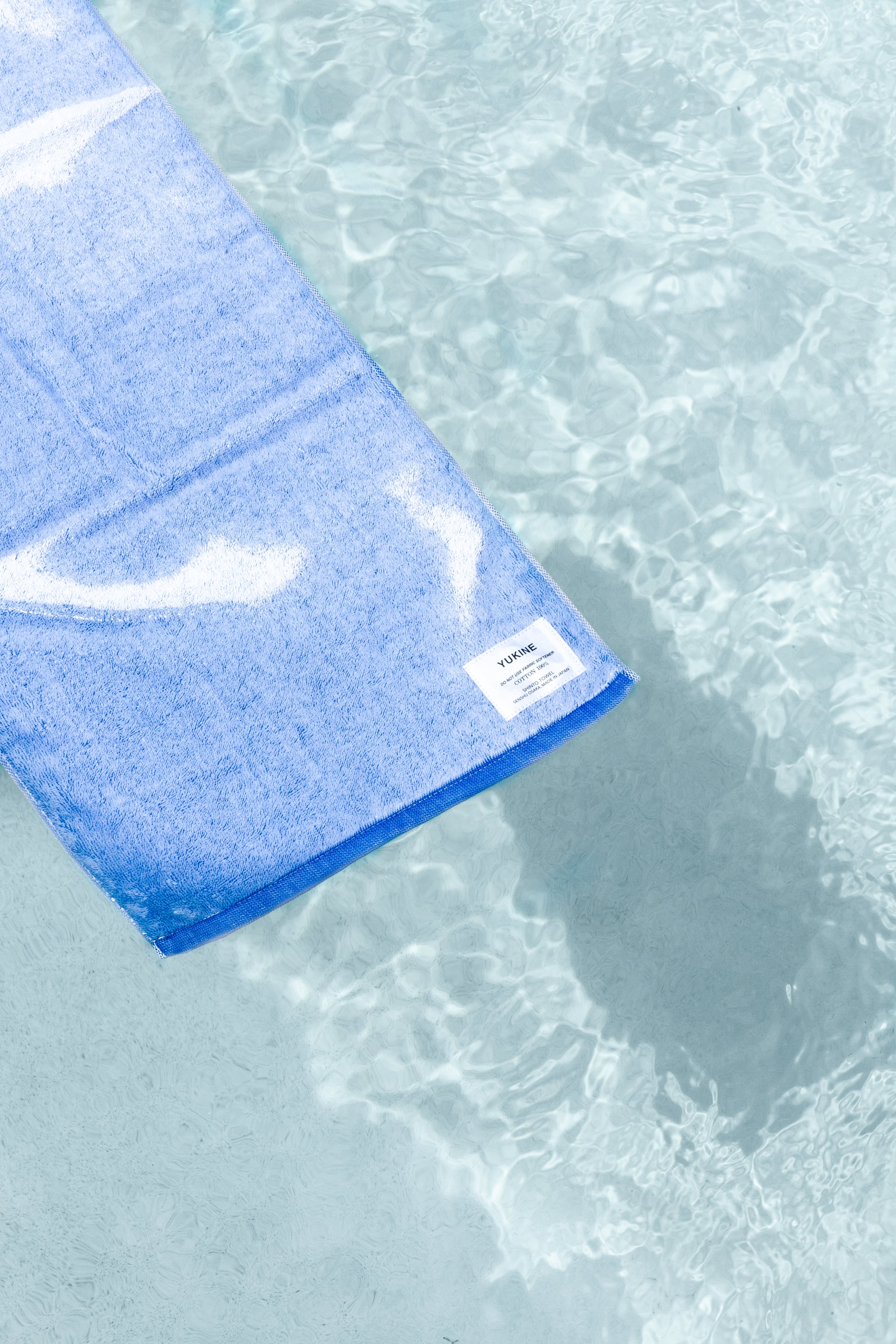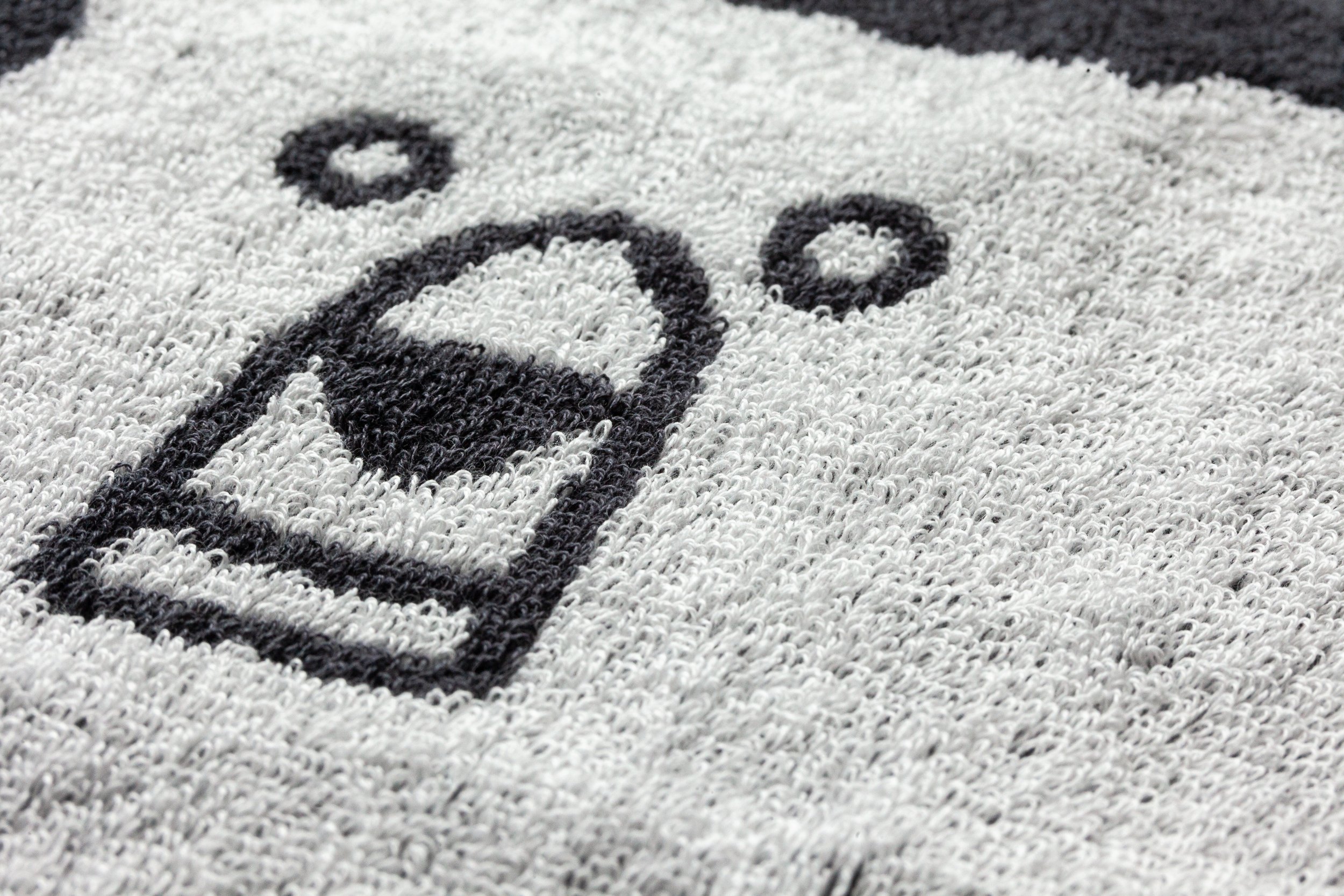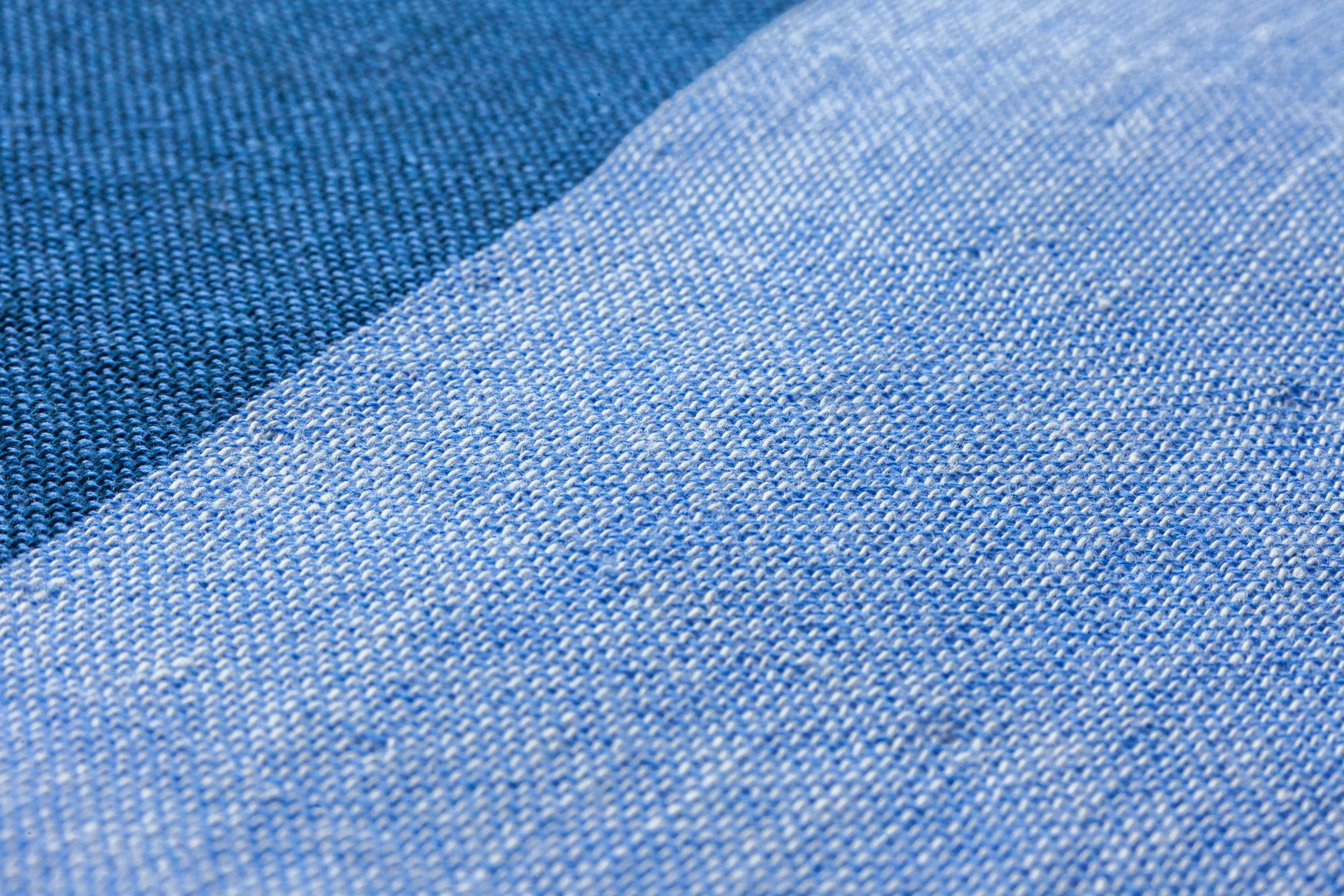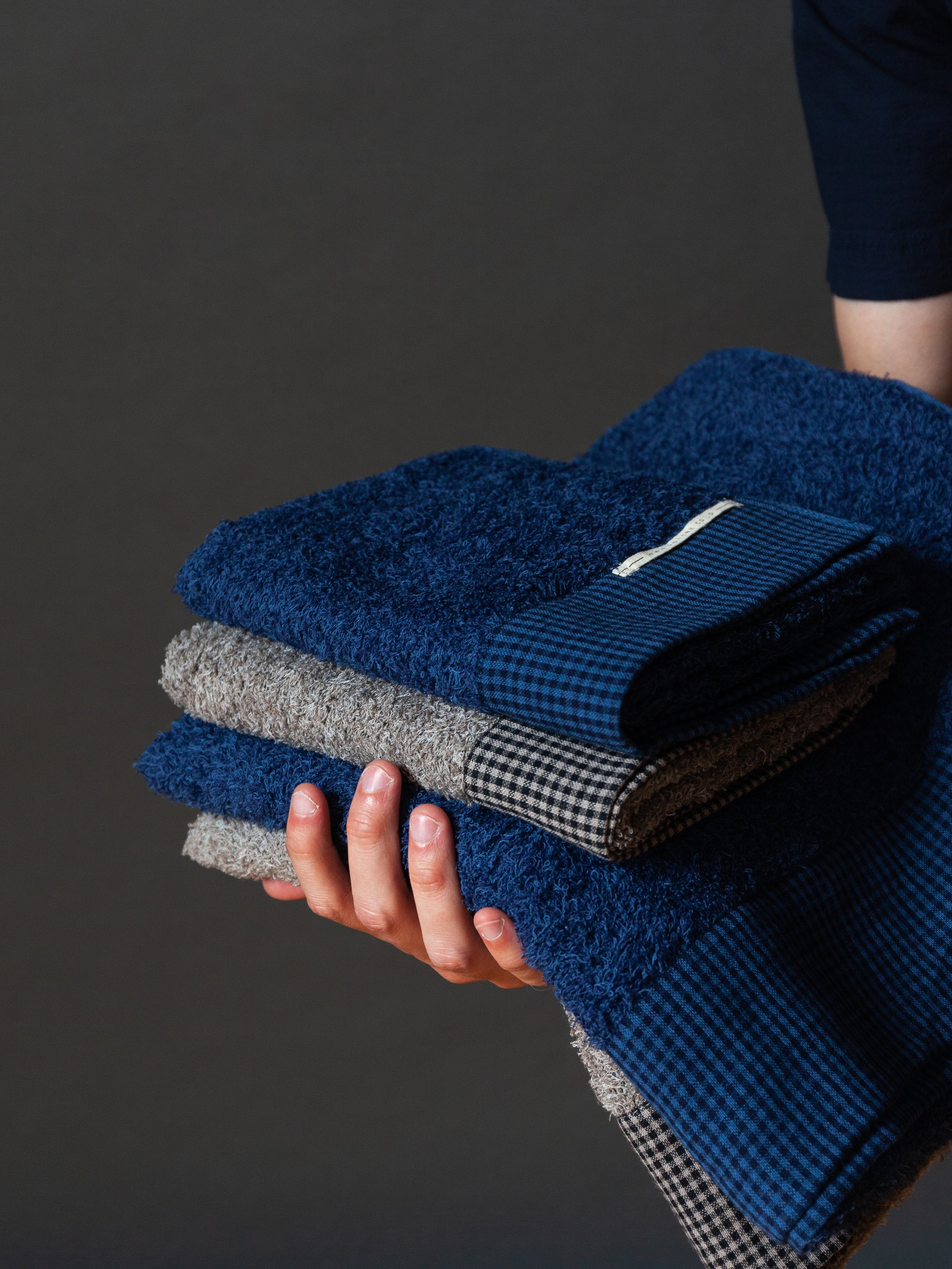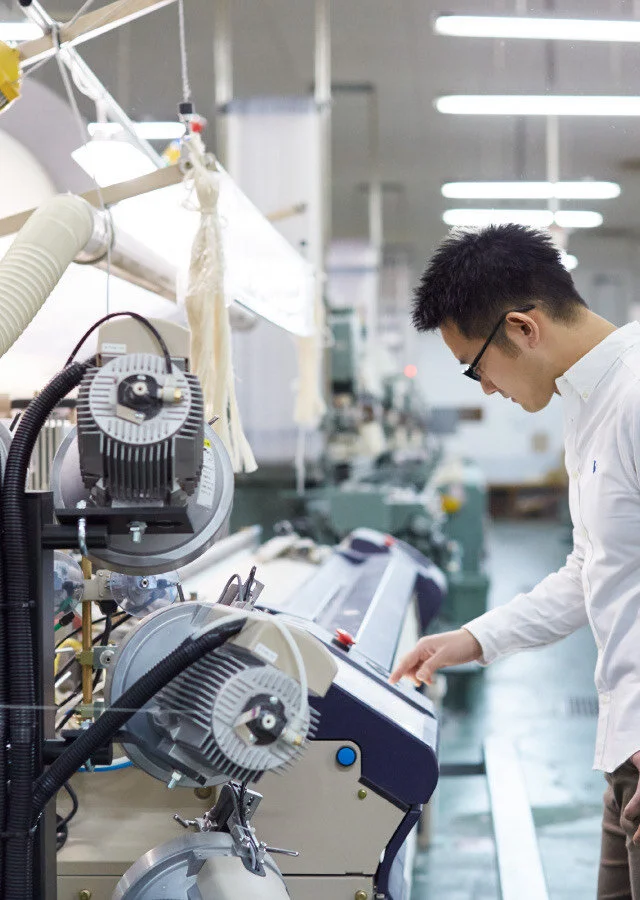The Japanese Towel Buyer’s Guide
Though they may be common all over the world, towels have especially important roles in Japanese culture. From oshibori - hand towels offered to guests before dining - to the textiles found in bathhouses (also called sento or onsen), the humble towel has long been a symbol of civility and cleanliness throughout Japan.
Western towel buyers are sometimes taken aback by the relatively light build of Japanese towels, which - when placed next to the kind of thick, fluffy towels Americans are used to - simply look like they have less to offer. The truth is quite the opposite: Japanese towels perfectly embody the old adage, “Less is more.”
These differences between Western and Japanese towels come down to a question of priorities. In places like the US, comfort and cost are often the guiding principles, which explains why plush, easy-to-produce towels dominate the market. In Japan, towel-makers tend to prioritize quality and utility, which is why their creations typically perform better - based on key metrics like absorbency and drying speed - than those of their Western counterparts.
As a result, Japanese towels have become known the world over for their superior functionality, but that doesn’t mean all Japanese towels perform equally well in all settings. And yet, with so many options to choose from, how do you find the perfect towel for you?
Here, we’ll show you how to quickly tell what a particular towel has to offer by focusing on two simple aspects - the types of fibers used to make the towel and the way those fibers are woven together - while touching on a few additional points along the way.
Absorbency vs. Drying Speed
The finest Japanese towel-makers follow a strict rule: A towel must sink within five seconds of landing in water to be considered sufficiently absorbent. While all our towels fit this criterion, there remain variations between styles, especially when it comes to drying speed. Since these are the main concerns when buying a towel, we’ll focus on them here.
The first and most important point to remember is that there is a necessary tradeoff between absorbency and drying speed - which makes sense, when you break down how a towel works.
If you think of absorbency as a towel’s affinity for pulling in water, it follows that an absorbent towel would be slow to release water as it dries. This is especially true if the towel is thick; more material means more capacity to store water, but it also means that air can’t easily access the heart of the towel to pick up and carry away that water.
Other elements, such as a towel’s weave, can help or hurt its drying speed and absorbency as well. Denser weaves bring more material per square inch, while textured weaves increase surface area; in either case, absorbency is increased. On the other hand, loose weaves improve breathability, resulting in faster drying speeds. We’ll look at some common weaves and their effects on a towel’s performance below.
Materials to Look for in Japanese Towels
Towels today are made with any number of different fibers, each of which brings its own benefits and drawbacks to the final product. To help you determine what to expect from a towel, we’ll examine some of the most common materials used in Japanese towels and explain what to expect from these fabrics.
Cotton
The most common material for towels by far, cotton holds its dominant spot in the industry for a very good reason: it’s one of the most absorbent fabrics available, not to mention one of the softest. Cotton’s great absorbency also means it tends to dry more slowly than some other materials, such as linen, and is slightly more prone to stretching when wet. Still, many people prefer the plush feel of an all-cotton towel, even if they get musty a bit quicker.
Linen
Woven from the stem of the flax plant, linen is an ancient fabric that is frequently used in towel-making, largely because of its strength and drying speed. Linen can absorb a bit less water than cotton, but that means it also dries more quickly, and it improves a towel’s durability as well; in fact, linen actually gets stronger when wet. However, it’s not as soft as cotton and some other fabrics, so it typically makes up a minority of a towel’s composition.
Hemp
While it might not be the first material that comes to mind for towels, hemp is becoming increasingly popular—and for good reason. As a textile, hemp is highly sustainable: it’s biodegradable, grows quickly, and rarely needs pesticides to thrive. It’s also naturally antimicrobial, which helps prevent the buildup of odors in fabrics like towels, sheets, and everyday apparel.
Popular Japanese Towel Weaves
The material may make the towel, but its weave is just as important. Here, we’ll cover the most common weaves among towels in general and what effect they may have on a particular product’s performance.
Terry
The terry weave is easily the most common type among Western towels, probably because it’s especially soft and cozy. This effect comes from the thousands of loops the weave creates, each of which individually caresses the skin to pamper the user. Because these loops also increase the overall surface area, terry towels are highly absorbent; however, the extra material required to make terry loops often leads to thicker towels that take longer to dry.
Waffle
Known by many names, the waffle weave - also called a lattice or honeycomb weave - refers to any type featuring regular pockets in the fabric. In addition to its aesthetic appeal, a waffle weave increases a towel’s overall surface area, which in turn increases both absorbency and drying speed when compared to a thick terry design. Waffle and lattice towels also come with a distinctive texture owing to their unique design.
Gauze
Like the medical fabric that shares its name, the gauze weave has a loose, breezy construction that allows for easy air flow through the material and, by extension, faster drying speeds. The openness of the weave also requires less material than denser varieties, making gauze towels lighter than most other styles and less demanding in terms of resource consumption. Cotton is most common in gauze towels, where its absorbency complements this lightweight weave.
Chambray
Though more common in clothing, the chambray weave works well as a dense yet breathable option found in towels for both kitchen and bathroom. The density of chambray fabric means that there’s more material to absorb and hold water - which translates to greater absorbency - but the weave is quicker to relinquish that water than you might expect. As a result, the soft, smooth chambray weave has become a staple of modern Japanese towel design.
Herringbone
Sometimes called a broken twill weave, the herringbone weave can be identified by its unique zigzag pattern. Not only does this give herringbone fabric a distinctive and eye-catching aesthetic, it also brings added durability to the overall fabric, and the density of the weave means that there’s more material per square inch to absorb greater amounts of water. Like chambray, it’s smooth to the touch and often partnered with a terry pile backing.
Japanese Towel Sizing
The compact nature of Japanese towels sometimes takes Western consumers by surprise, given the prevalence of large, thick towels in their part of the world. These smaller dimensions don’t limit the utility of Japanese styles, of course; they simply get more done with less material. Still, be sure to check the measurements of a particular towel before adding it to your cart to ensure you know what you’re getting.
Some Takeaways
Look at both material and weave when choosing a towel.
All other things being equal, the more surface area, the more absorbent the towel.
Towels that use more material or have a dense weave can typically hold more water but are slower to dry.
Open weaves, such as gauze, will dry more quickly than densely woven towels.
Cotton is more absorbent than linen, but slower to dry.



